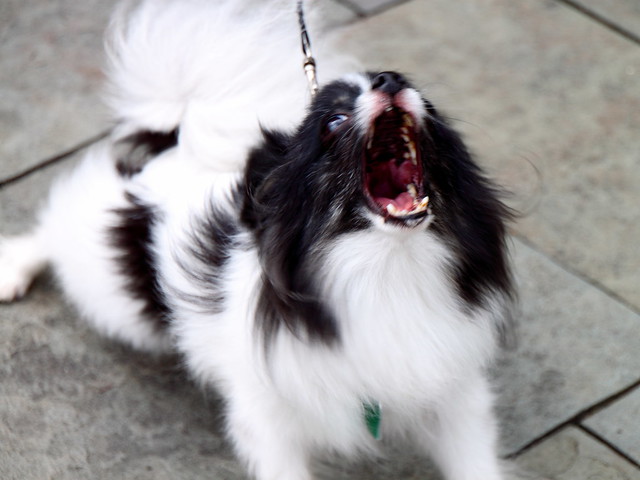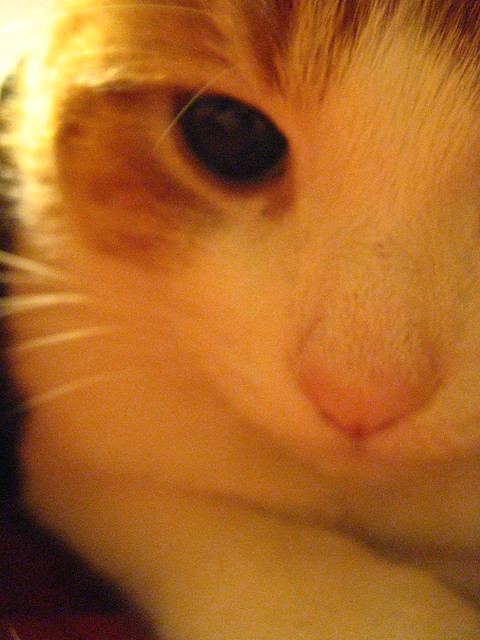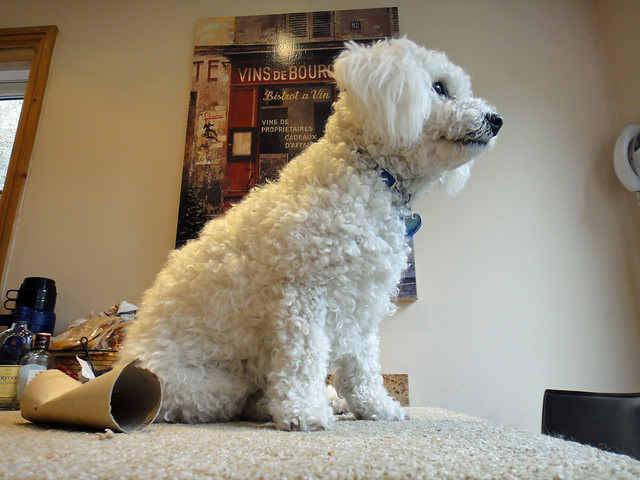 |
| English: Westie puppies Photo credit: Wikipedia) |
Moreover, a healthy Westie can live for 12-15 years or more, so it is important for you and your future Westie, that you give all this some serious thought. You must be prepared to invest considerable time, money and patience in training your Westie to be a good companion.
Make sure your Westie gets enough attention and exercise. Spend the money it takes to provide proper veterinary care including but certainly not limited to:
- Annual vaccines
- Heartworm testing
- Monthly year-round preventive
- Spaying/neutering.
Keep the breeder informed and updated on the Westies accomplishments and problems. Have the patience to accept responsibility for the Westie despite inevitable life changes such as new babies, kids going off to school, divorce, relocation, or returning to work.
All you need to do is just take your time and find a Westie that matches your lifestyle. Most of all, don't get a Westie on impulse or because it is trendy. Trends just come and go, but your Westie will stay with you for a longer time.
You'll probably see lots of adorable puppies. But try to think of your future Westie as an adult. Every puppy is a cute ball of fluff, but you need to know what it will grow up to be.
You can begin by studying the breed's history, as it is common knowledge that all breeds were developed to perform a specific function. If you know that purpose and the history of the breed, then you will have a good idea of its needs, its temperament, and personality and you will be best prepared for a long-lasting, successful relationship.
Bear also in mind that having a Westie creates responsibilities. Also, make sure you will have quality time to spend with your Westie. There are many resources to help you in your search. Start at surfing the Internet, searching for more information on Westies, as well as on clubs and kennels.
Here are some other suggestions. Take a look at some of the many books, magazines, websites and videos you have at hand. Consult with your local all-breed club, boarding kennel, or veterinarian. Go to a Westie show and talk to Westie breeders and owners, when they are not busy grooming or showing.You can also test to see what Westie you should choose to match your lifestyle.
Also called the Westie, this terrier has its origins, as the name already suggests, in the western Scottish Highlands.
In this sheer and rocky landscape, small robust terriers were used for the hunt on foxes, wildcats, otters, and badgers. The exhausting hunt, usually in the pack, required much courage and endurance as the hard climate required. Besides the hunt, the Westies were also put into the guarding of house and yard of their owner.
It is probable that the West Highland White Terrier and all the terriers of Scotland came from the same stock. The Scotties, Cairns, Dandie Dinmonts, and West Highland Whites are branches of the same tree and its roots.
The most important branch of the predecessors of the Westie was in the 18th Century from the Poltalloch terriers of the Colonel Malcolm from Argyllshire.
As the legend goes, a reddish Westie of his, emerging from cover, was mistakenly shot for a fox. Malcolm is said to have decided on the spot to breed only white Westies that could be readily identified in the field.
The breed was listed officially as the West Highland White Terrier in 1907 at the Crufts Westie show in England. The name was chosen for the rugged character of the Westies and the area of their development.
Westies were originally bred for controlling the population of rats, fox, otter and other vermin. Nowadays, this charming terrier is mostly bred as a companion or family Westie. The Westie belongs to the Terrier group and has full recognition of the most important Kennel Clubs worldwide.
(Disclaimer: Any information contained in this site relating to various medical, health and fitness conditions of Westies or other animals and their treatments is for informational purposes only and is not meant to be a substitute for the advice provided by your own veterinarian. You should not use the information contained herein for diagnosing the health of any animal. You should always consult and check with your own vet or veterinarian.)
|














